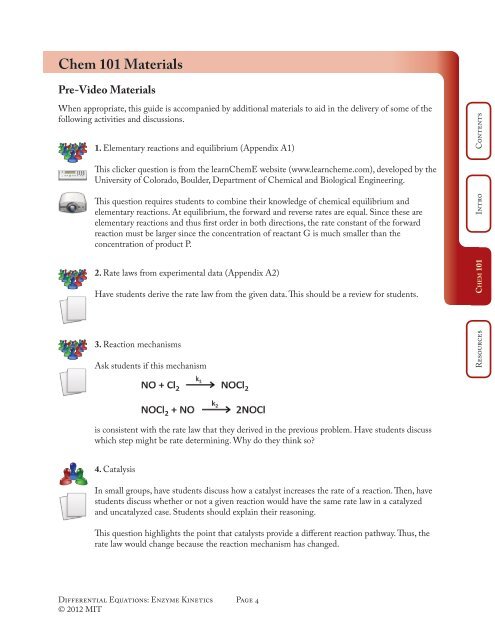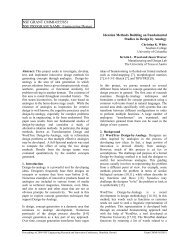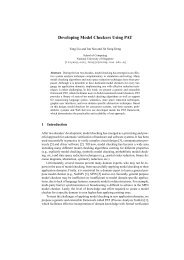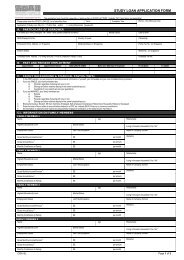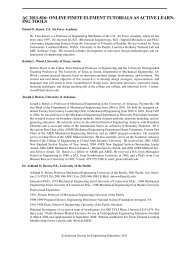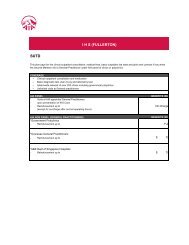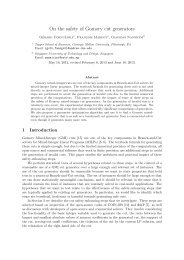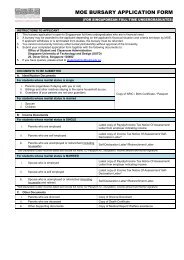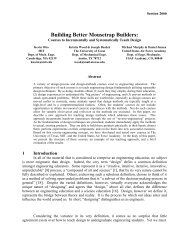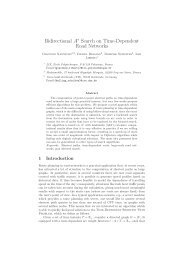Enzyme Kinetics Instructor Guide.pdf - MIT Teaching and Learning ...
Enzyme Kinetics Instructor Guide.pdf - MIT Teaching and Learning ...
Enzyme Kinetics Instructor Guide.pdf - MIT Teaching and Learning ...
Create successful ePaper yourself
Turn your PDF publications into a flip-book with our unique Google optimized e-Paper software.
Chem 101 Materials<br />
Pre-Video Materials<br />
When appropriate, this guide is accompanied by additional materials to aid in the delivery of some of the<br />
following activities <strong>and</strong> discussions.<br />
1. Elementary reactions <strong>and</strong> equilibrium (Appendix A1)<br />
This clicker question is from the learnChemE website (www.learncheme.com), developed by the<br />
University of Colorado, Boulder, Department of Chemical <strong>and</strong> Biological Engineering.<br />
This question requires students to combine their knowledge of chemical equilibrium <strong>and</strong><br />
elementary reactions. At equilibrium, the forward <strong>and</strong> reverse rates are equal. Since these are<br />
elementary reactions <strong>and</strong> thus first order in both directions, the rate constant of the forward<br />
reaction must be larger since the concentration of reactant G is much smaller than the<br />
concentration of product P.<br />
2. Rate laws from experimental data (Appendix A2)<br />
Have students derive the rate law from the given data. This should be a review for students.<br />
3. Reaction mechanisms<br />
Ask students if this mechanism<br />
Resources Chem CHEM 101<br />
Intro<br />
Contents<br />
is consistent with the rate law that they derived in the previous problem. Have students discuss<br />
which step might be rate determining. Why do they think so<br />
4. Catalysis<br />
In small groups, have students discuss how a catalyst increases the rate of a reaction. Then, have<br />
students discuss whether or not a given reaction would have the same rate law in a catalyzed<br />
<strong>and</strong> uncatalyzed case. Students should explain their reasoning.<br />
This question highlights the point that catalysts provide a different reaction pathway. Thus, the<br />
rate law would change because the reaction mechanism has changed.<br />
Differential Equations: <strong>Enzyme</strong> <strong>Kinetics</strong><br />
© 2012 <strong>MIT</strong><br />
Page 4


